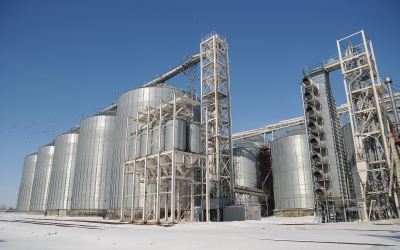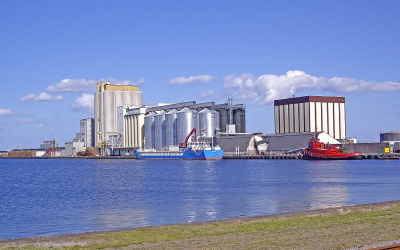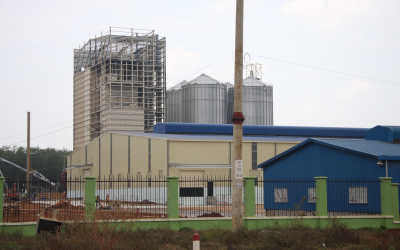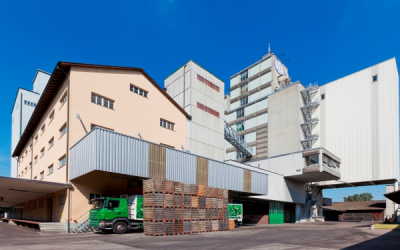UFA’s feed mill runs on its own

The feed mill of UFA in Switzerland is producing formulated feeds from 9 pm till 5 am without the attendance of any operating personnel. During this period, it is fully automatically controlled and monitored by the new Bühler process control system. This cuts manpower requirements as well as operating costs.
UFA is a leading Swiss animal feed producer with eight production and service sites. At its facility in Sursee, some 75 km southeast of Basel, the company operates a feed mill that solely makes poultry feeds. Here eleven employees produce some 85,000 tonnes a year on one feed manufacturing line in three daily shifts during five days. The mill was built in 1965 and equipped with a new control system in 1993, which had gradually become obsolete, and 100% service readiness was no longer ensured. A three-part project was developed to upgrade the mill: (1) fundamental updating of the control system; (2) measures for fine-tuning the production capacity of the pellet mill; and (3) retrofitting of the control system to allow unmanned night-time operation. The company management earmarked two million Swiss francs (app. €1.665m) for implementing this three-part upgrading pack. The payback on this capital investment was as short as two years.
The UFA management decided at the end of 2008 to commission Bühler with rebuilding the feed mill in Sursee, because the control systems of all production plants were already supplied by this Swiss supplier. UFA values support and maintenance from a single supplier, which also makes it possible for all employees to work with the identical user interface, and thus makes it easier to exchange personnel between the individual plants.
The rebuilding work started on May 1, 2009. For this purpose, the feed mill was shut down for two weeks. “We prepared the shutdown with great care,” says Urs Steiner, production manager of the UFA plant in Sursee. “Before starting, we loaded our storage bins and those of our customers to the top and temporarily relocated production activities to another UFA factory.”
In the two weeks, the retrofit work on the control system and measures for increasing the capacity of the pellet mill were carried out. For fine-tuning the production process and in order to allow the change-over to multistage grinding, which slashes electric power consumption, a new crumbler was installed. The subsequent change to unattended night-time operation was made possible by thoroughly reconditioning all the existing sensors and incorporating numerous new devises for control and monitoring. Thus, a new so-called “Camsizer” checks the quality of the grinding process and the finished products.
The crucial job was to retrofit the control system of the feed mill. The existing Siemens S5 control system was replaced by a new S7 unit. This control system switches the individual processes and pieces of equipment on and off. It receives the commands for doing this from the master PC-based process control system.
Smart control system makes its own decisions
The new automation system is based on the Bühler standard control system. UFA specified that the mixing line as well as the pellet mill-expander line were to operate fully automatically during the night shift. A great deal of attention was paid to safety and reliability in programming the “unmanned operating mode” function. All building floors are monitored by motion detectors. The stand-by personnel summoned to the plant in the event of an alert is monitored inside the plant by a dead-man’s system. A special information system supplies the fire fighters, the first-aid doctor, and the operators with the necessary information in case of an emergency.
The feed mill has been running in the unattended night-time mode since May 2011. The experiences gained with the new system are very encouraging. Urs Steiner: “Everything is running to our full satisfaction. On average, we receive a fault message every two weeks. These irregularities can typically be corrected by remote access from home using a laptop. We learned a great deal during this period and in particular gained confidence in the plant and the new control system. Returning to the old shift operating mode is no longer an option.”











